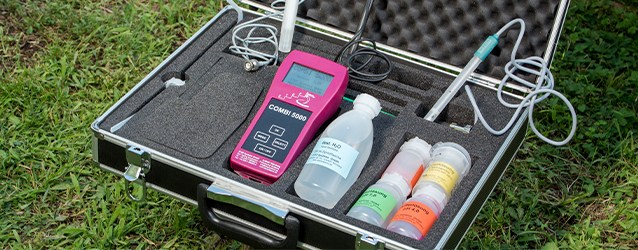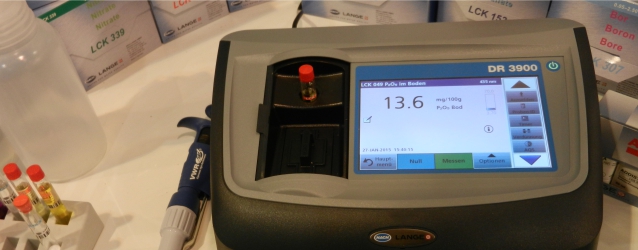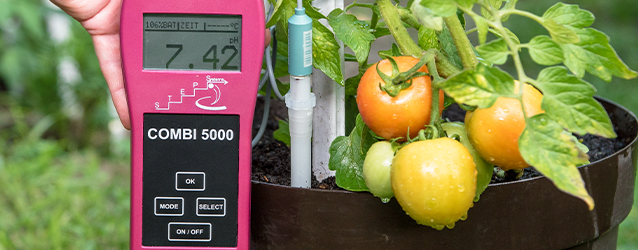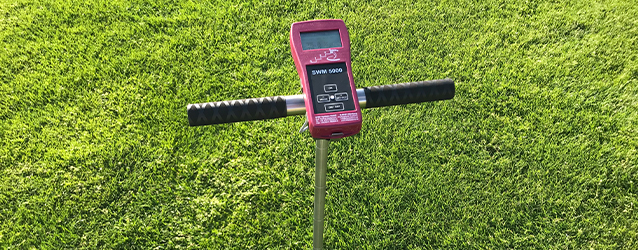- About us
- Products
- pH-Value and Salinity
- Analysis of Nutritional Parameters
- Laboratory equipment
- Light measurement
- Fruit quality control
- Climate Control
- Moisture measurement
- Soil properties
- Gas measurement
- Phyto-Monitoring
- Catalogs
- Trade Fairs
- Contact us
- How to order
Hand auger
Hand auger equipment is extremely suitable for soil research. As almost any type of soil sets its own demands where it concerns the model of the auger to be applied. In the course of the years many models have been developed. Years of experience and many contacts with soil researchers at home and abroad made it possible to achieve the optimum design for the four most popular types of hand augers:
Edelman augers, Riverside augers, Stony soil augers and Spiral augers. The augers have been made of a high grade non-toxic steel and a carefully selected hardening treatment contributes to achieve a wear resistant and solid design.

Riverside auger
This design is very suitable for sampling in hard, stiff soils, mixed with fine gravel both above and below the ground water level. The very sharp extremities of the auger bits point at an angle downwards which makes the auger go through the soil easily.
Technical data:- Riverside auger, Ø 7 cm: 2.2 kg, 123 × 39 × 7 cm
Item-No.: 42105

Stony soil auger
For soils with a large gravel content. The auger body for stony soils consists of a heavy steel strip, vaulted all along, which is bent double by forging. The pointed cutting bits of the strip are bent outward, thus creating a hole somewhat wider than the average body diameter.
Technical data:- Stony soil auger, Ø 7 cm: 1.9 kg, 122 × 7 × 7 cm
Item-No.: 42106

Spiral auger
The spiral auger operates similar to a corkscrew and does not cut off the soil. The auger is usually applied when hard layers need to be penetrated, e.g. brick layers, chalk and lime profiles. The narrow twist drill pushes the stones aside while drilling and digs with specially shaped ends of a hole. The straight shape is created when pulling the drill much frictional resistance.
Technical data:- Spiral auger, Ø 4 cm: 1.5 kg, 126 × 39 × 4 cm
Item-No.: 42107






